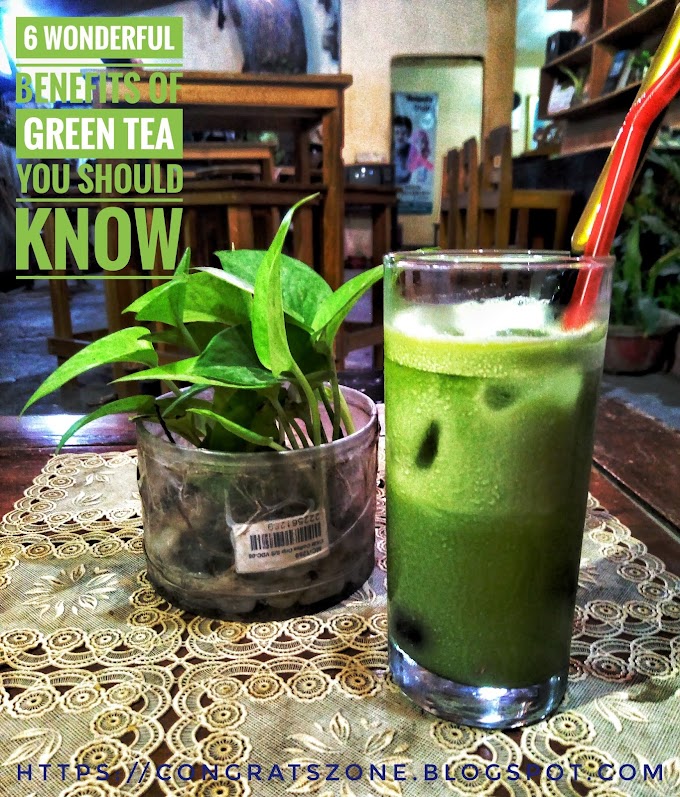You are
probably one of those who fancy oolong tea during
afternoon break. And you are probably interested in this type of tea due to its
unique taste. The name comes from Chinese for “black dragon tea”, wulong cha. In China the tea is also
called qingcha, “dark green teas”. But
did you know that tea leaves plucked to produce this tea variant undergo long
and repeated treatments before they are placed inside your kitchen cabinet? Tea
leaves that are used to make this variety come from the regular Camellia sinensis plant (although there
are cultivars grown specifically for making this tea) and then they are
processed by withering them under the sun, leaving them oxidized, and curling
and twisting them. Oxidation degree ranges from 8 to 85%. The manufacturing
process is more or less the same with the regular black tea but with oolong
variant, timing and temperature are given much more attention.
 |
| Image by : pexels.com |
If you
think the oolong tea you purchase and drink
is different from the one you try at other places, it is because styles in
producing the tea could be different, which impact on different flavors. Some
oolong teas could bear fruity and sweet tone accompanied by honey-like smell
while others could possess woody flavor along with aromas that smell roasted.
Some oolong teas can also tastes fresh and green along with complex aromas.
These differences in both taste and aroma stem from different horticultures and
production styles. Everything can be different in the process of making oolong
teas but one thing remains the same with them all: the tea leaves are typically
formed in a distinct shape. Two shapes can be observed in oolong teas: (1)
leaves rolled and made curly and (2) leaves curl-wrapped, making them into
beads ending with a tail.
Theories of
the Origin of Oolong Tea
The origin
of oolong tea is a subject for debate. There
are at least three theories pertaining to the invention of the tea.
Tribute tea theory
This theory states that the oolong originated from a tribute tea called
Dragon-Phoenix Tea Cake. The appearance of tea leaves that is curly, long, and
dark gives impression of dragon-like figure.
Wuyi theory
Wuyi theory determines that oolong teas first came into existent around
the region of Wuyi Mountains. Evidence supporting this theory comes from poems
of Qing dynasty such as “Wuyi Tea Song” and “Tea Tale”.
This theory states
that the Anxi oolong tea plant is the origin of all oolong teas you know today.
The tea was discovered by someone named Wuliang, Wulong, or Sulong.




0 Comments